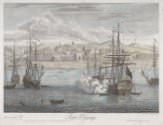Tellicherry
Tellicherry
Fort St. George was established by the East India Company on the west coast of India in 1639. The fort, and the city of Madras that developed around it, became one of the most important trading stations in India. The area around Madras (present-day Chennai) initially attracted both the Portuguese and the Dutch, who had settled in the region before the arrival of the English East India Company in the early seventeenth century. The first English settlement was officially established when a fortified enclosure was completed on St. George’s Day, April 23, in 1640. The eighteenth-century city of Madras developed through the gradual assimilation of Fort St. George into the so-called “Blacktown” inhabited by Tamil- and Telugu-speaking merchants, Armenians, and Indo-Portuguese. This was the East India Company’s principal settlement in India until 1774, when Calcutta was officially declared to be the seat of the government.

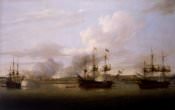
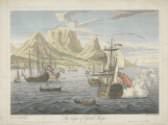
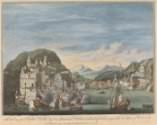
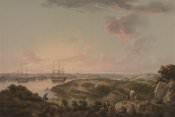
![Henry William Parish, "Madiera, South East Extremity, 10 October" in *Sketches by Captain Parish on the Voyage from England to China in 1793-4 [sic] with Lord Macartney's Embassy*, 1792, watercolor and graphite on paper. Yale Center for British Art, Paul Mellon Collection Henry William Parish, "Madiera, South East Extremity, 10 October" in *Sketches by Captain Parish on the Voyage from England to China in 1793-4 [sic] with Lord Macartney's Embassy*, 1792, watercolor and graphite on paper](https://interactive.britishart.yale.edu/sites/default/files/styles/ycba_thumbnail/public/Cat_4.21.jpg?itok=ye_OtkTo)
